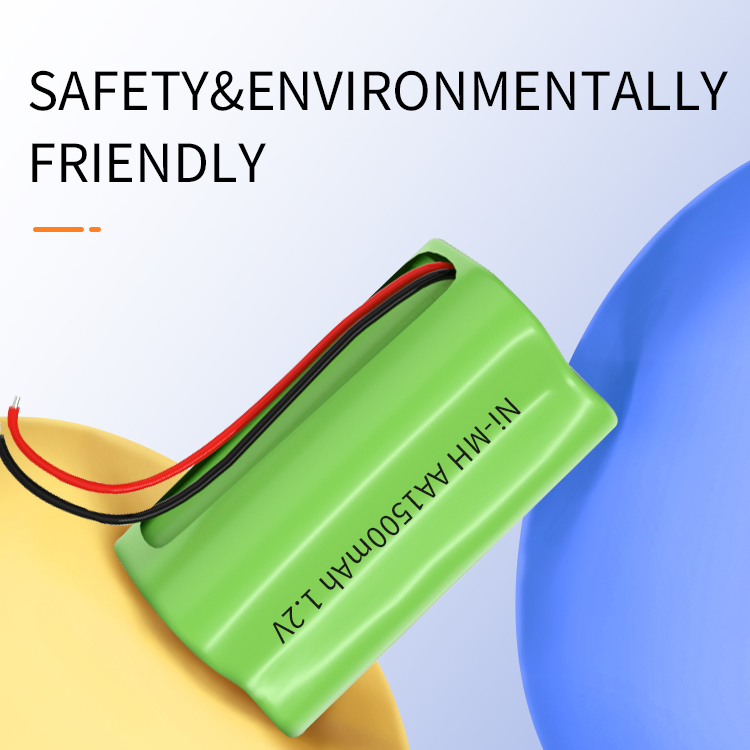

Supercapacitors are energy storage devices that buffer the instabilities of wind/solar energy. The specific energy (energy density: ED) and specific power (power density: PD) of supercapacitors combine the advantages of traditional capacitors and batteries. Similarities between supercapacitors and batteries include: 1) energy storage at the electrode/electrolyte interface; 2) ion transport and electron transport. The differential free energy of batteries and supercapacitors: batteries are single electron free energy, while supercapacitors are continuous free energy changes.
Supercapacitors are energy storage devices that buffer the instabilities of wind/solar energy. The specific energy (energy density: ED) and specific power (power density: PD) of supercapacitors combine the advantages of traditional capacitors and batteries. Similarities between supercapacitors and batteries include: 1) energy storage at the electrode/electrolyte interface; 2) ion transport and electron transport. The differential free energy of batteries and supercapacitors: batteries are single electron free energy, while supercapacitors are continuous free energy changes. In batteries, chemical reactions release can be collected into circuits; in supercapacitors, charge is stored primarily electrostatically. Supercapacitors have a series of advantages such as high power, fast charge and discharge speed, long cycle life, and low cost, and their application prospects are broad. However, the performance of supercapacitors is closely related to electrode materials. How to design and prepare high-performance electrode materials directly determines the performance of supercapacitors. This article selects nickel-based materials as the basis and comprehensively analyzes the application of nickel-based materials in supercapacitors. Recently, the author Yu Jiaguo (correspondence) from Wuhan University of Technology in China and others summarized the latest research progress of nickel-based materials; discussed important issues such as the preparation and performance improvement of nickel-based materials; analyzed the root causes of synergistic effects; listed the challenges faced challenges and possible solutions. Finally, some new perspectives are put forward on the future development of nickel-based materials. The relevant results were published on Materials Today under the title "Nickel-based materials for supercapacitors".

Popular recommendation
18650 lithium ion battery.What are the differences between polymer lithium batteries and 18650 lithi
2023-10-13r6 battery!Yasong New Energy breaks through the bottleneck of traditional charging technology
2023-10-08LR621 battery!What is the impact of the battery management system?
2023-10-08AG4 battery.What are the disadvantages of 18650 lithium-ion battery technology?
2023-10-09Advantages and disadvantages of lithium battery
2022-11-16lithuim ion battery 18650.Research on ion-conducting membranes for high-power, long-life alkaline zi
2023-10-08lithium polymer battery 10000mah.The United States develops lithium iron oxide rechargeable batterie
2023-10-09402030 lipo battery.What are the key technologies for high-temperature nickel-metal hydride batterie
2023-10-08Introduction to lithium battery
2022-11-2818650 battery 1800 mah.What are the differences in technical characteristics between square, cylindr
2023-10-08polymer lithium battery.Cylindrical lithium battery technology, reasons for leakage of cylindrical l
2023-10-09lithium battery 18650 3.7v.A brief discussion on the basic principles of charging and discharging 18
2023-10-13